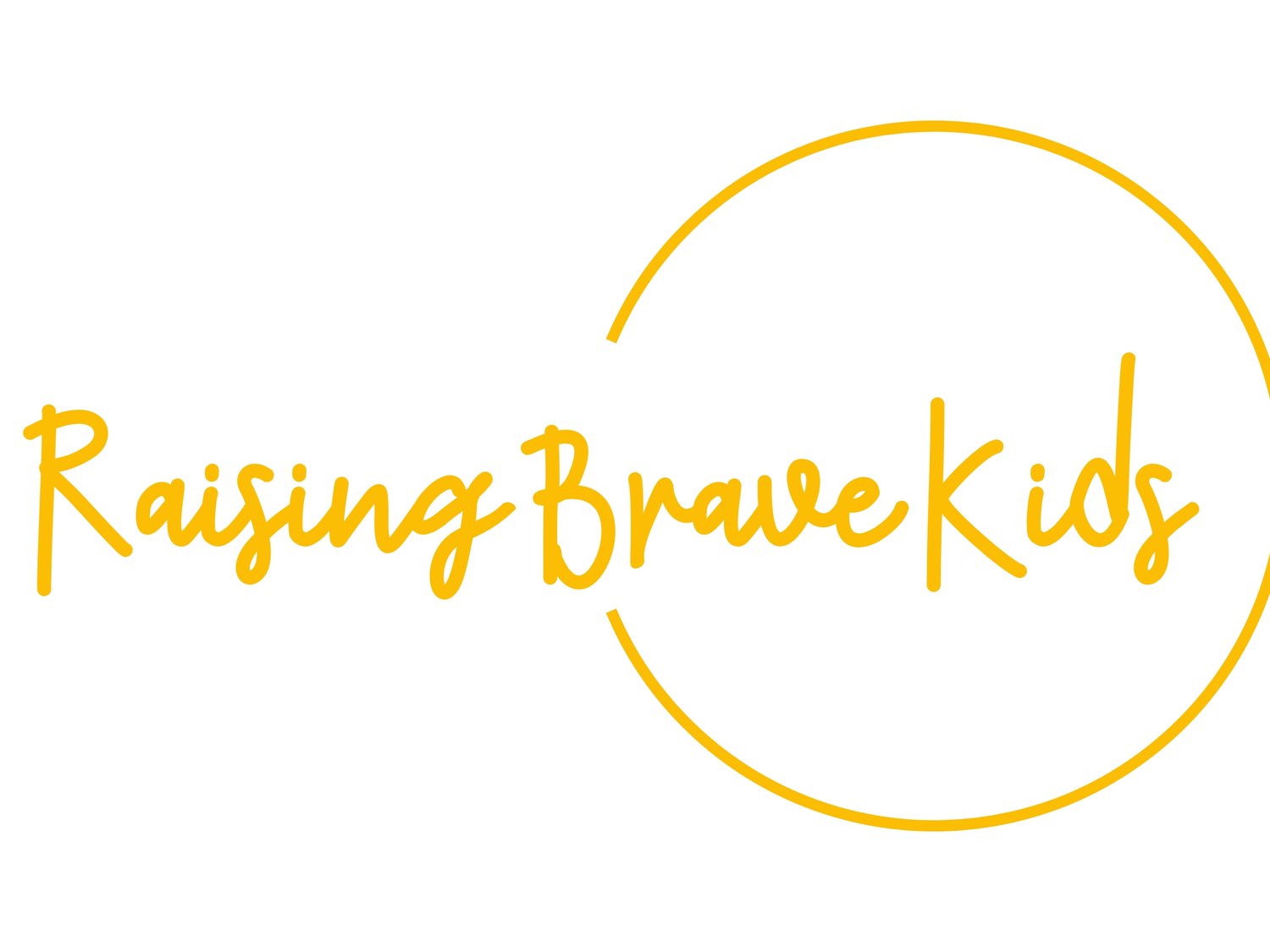Helping Kids Get Unstuck from Negative Thinking and Build Resilience
Negative thinking can sneak into anyone’s mind—especially kids. Often, it sounds like “I always mess up,” “Nobody likes me,” or “I’ll never get this right.” These thoughts can leave kids feeling anxious, discouraged, or stuck. But the good news is that with practice, kids can learn to challenge these unhelpful thoughts and replace them with more balanced, compassionate ones.
Reframing negative thinking isn’t just about helping kids feel better in the moment; it’s about giving them tools to build emotional strength and resilience for life’s ups and downs. This skill is particularly important for our Portland, Oregon, families where seasonal weather changes can heighten anxiety and negative thinking patterns.
Here’s a 5-step process to help your child identify and challenge their negative thoughts and build healthier ways of thinking.
Step 1: Identify the Problem Situation
The first step is helping your child recognize when their negative thinking is triggered. Encourage them to think about what was happening when they started feeling upset or discouraged.
What to ask:
“What happened just before you started feeling this way?”
“Can you remember what you were doing or thinking about?”
By identifying the situation, your child can start to notice patterns and gain awareness of how their mind reacts in different scenarios.
Step 2: Identify the Automatic Negative Thought (ANT)
Once the situation is clear, help your child recognize the automatic thought—the one that pops into their head without effort. These thoughts are often exaggerated, negative, and far from the full story. It can be helpful to call the ANT’s to add a playfulness to help a hard conversation be more well received.
Examples of automatic negative thoughts (ants):
“I’m terrible at this.”
“Nobody wants to be my friend.”
“I always mess up everything.”
Writing down the thought helps your child see it more clearly and prepares them to challenge it. We love using our office whiteboards for this but a pen and paper will do just fine.
Step 3: Spot the Thinking Trap
Automatic negative thoughts (ants) often fall into “thinking traps”—patterns of distorted thinking that make things seem worse than they really are. Teaching your child to recognize these thinking traps is key to challenging and reframing their thoughts.
Here are some common thinking traps:
1. All-or-Nothing Thinking
Also known as black-and-white thinking, this trap leaves no room for anything in between.
Example: “I have to get all A’s this semester, or I’ve failed.”
Reframe: “I can do my best and still be proud of my effort, even if I don’t get a perfect grade.”
2. Jumping to Conclusions
Forming an opinion without enough evidence. This often takes the form of mind reading (assuming we know what others are thinking) or fortune telling (predicting the future).
Example: “No one wants to talk to me.”
Reframe: “Maybe they’re just busy right now. I can talk to them later.”
3. Emotional Reasoning
Assuming that because you feel a certain way, it must be true.
Example: “I feel awkward, so other people must think I’m awkward too.”
Reframe: “Just because I feel awkward doesn’t mean others see me that way.”
Step 4: Ask Tough Questions
Once your child has spotted a thinking trap, guide them through a series of questions to challenge their automatic negative thought and consider other perspectives.
Questions to ask:
What is the evidence for this thought?
What is the evidence against it?
Is there another way to look at this?
What would I tell a friend in the same situation?
What would my role model do in this situation?
What’s the worst that could happen, and how would I handle it?
What’s the most likely thing to happen?
If my thought came true, how would I cope?
What steps can I take right now to respond in the best way possible?
What would happen if I stopped believing this thought? How might things change for the better?
Step 5: Define a Coping Thought
Now that your child has challenged their negative thought, it’s time to create a coping thought—a more balanced and compassionate way to look at the situation. Coping thoughts help kids build confidence and approach challenges with a healthier mindset. We love using those 4x5 note cards to write down coping thoughts as a visual reminder to keep nearby. Added plus is decorating it with glitter, stickers, or anything else that makes it enjoyable to look at.
Examples of coping thoughts:
“I’m still learning, and it’s okay to make mistakes.”
“Even if my friend was upset today, it doesn’t mean they don’t like me.”
“I’ve handled hard things before, and I can do it again.”
Encourage your child to use their new coping thought whenever similar situations arise.
Why Reframing Thoughts Builds Emotional Strength
Helping your child untwist their negative thinking isn’t about ignoring hard feelings—it’s about teaching them to think flexibly and respond with self-compassion. These skills help kids build emotional strength, reduce anxiety, and develop resilience.
With practice, these five steps will become second nature, giving your child the confidence to handle life’s challenges with greater ease.
And remember: You’re giving your child a lifelong gift—the ability to see themselves and the world with more kindness and clarity.
You’ve got this—and so do they.





